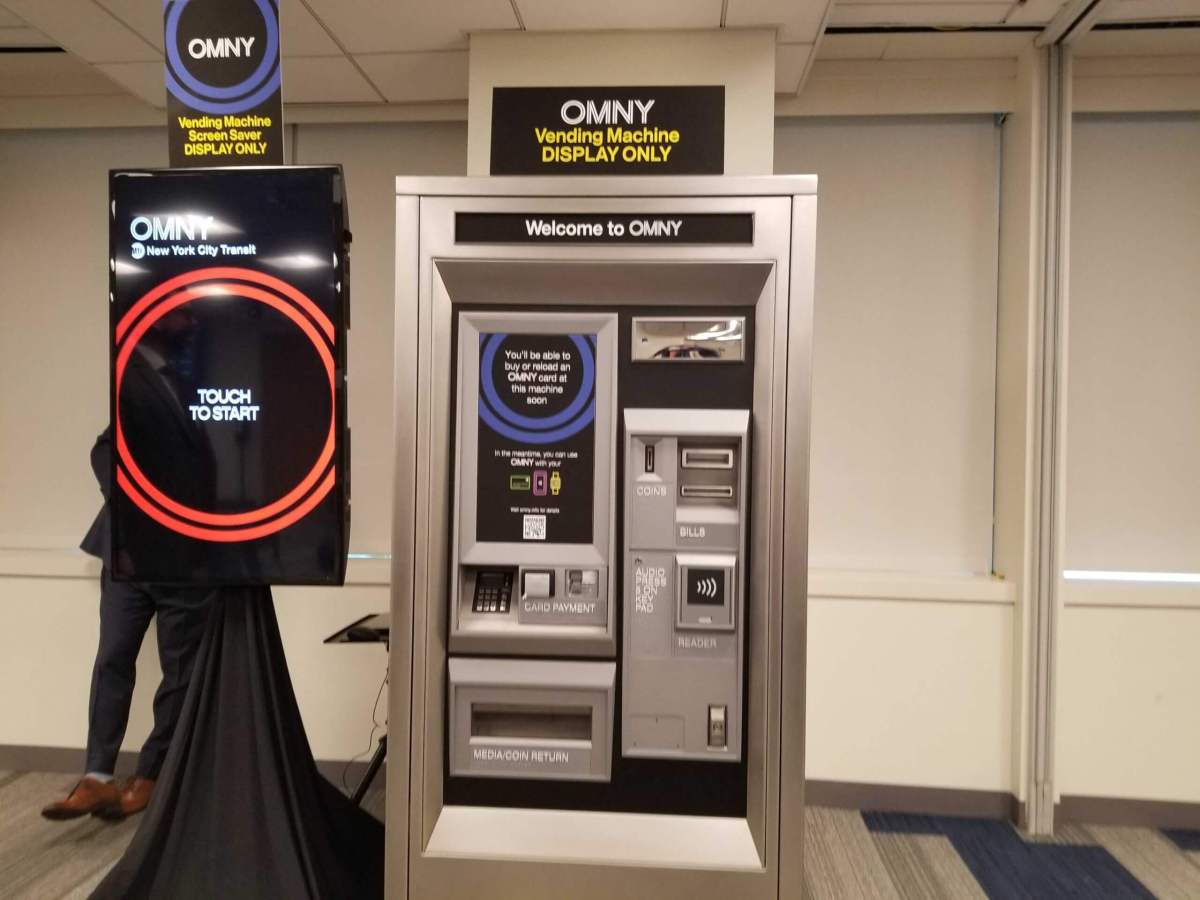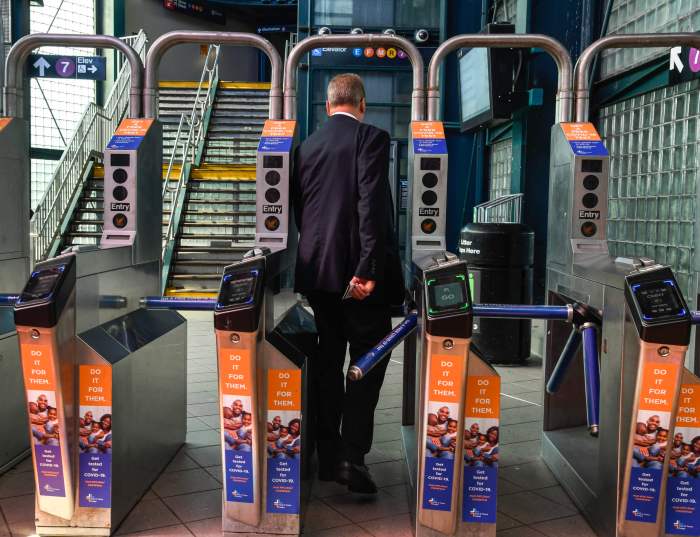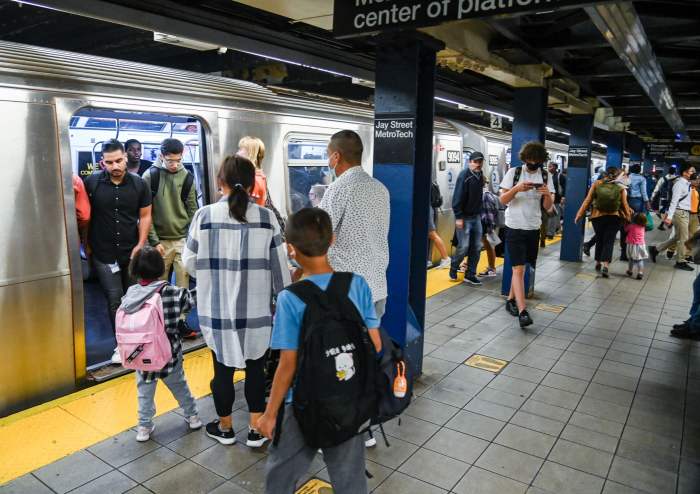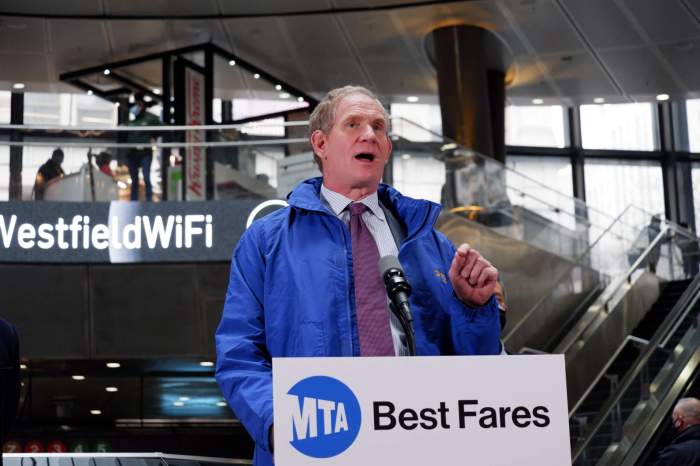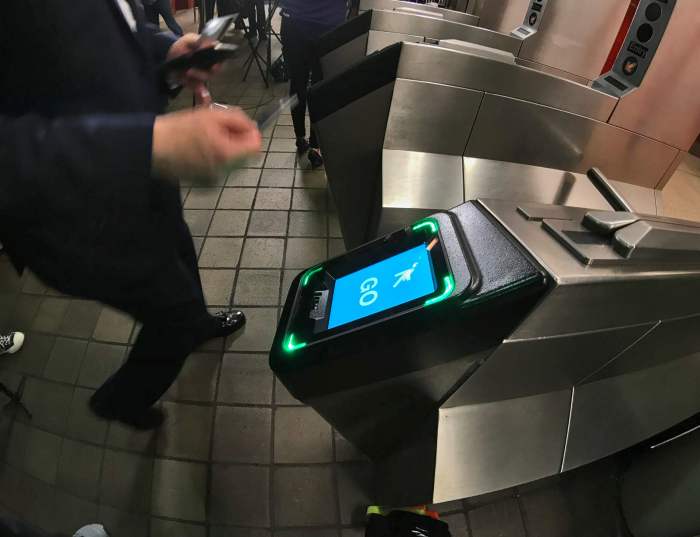The Metropolitan Transportation Authority plans to roll out brand new OMNY vending machines throughout the subway system this summer, but the agency’s planned phase-out of the MetroCard is now delayed indefinitely with the contactless payment project still years away from completion.
The OMNY card machine looks a bit like the MetroCard machines ubiquitous at the city’s 472 subway stations, and has similar functionalities: it dispenses or refills an OMNY card — of a similar thickness to a credit card, compared to the flimsier MetroCard — in exchange for a cash or card payment.
But the MTA has been rolling out OMNY since 2019, and the payment system is already used for about 40% of trips on subways and buses, with higher rates of adoption on subways, said MTA construction chief Jamie Torres-Springer at the MTA Board’s Capital Program Committee on Monday. OMNY machines will be present in every station, but unlike MetroCards, OMNY doesn’t need to be filled at a machine, as users can also just use debit cards or digital wallets on their phones. Tapping an OMNY card will be another option for getting into the transit system.
As for the fate of the 30-year-old MetroCard, the MTA most recently intended to phase it out by April 2024, but on Monday, agency brass announced the yellow-and-blue trooper will remain in service until further notice. That’s because OMNY, despite having rolled out to every subway station and bus, is still not fully implemented throughout the city’s transit system, including those parts run by agencies other than the MTA.
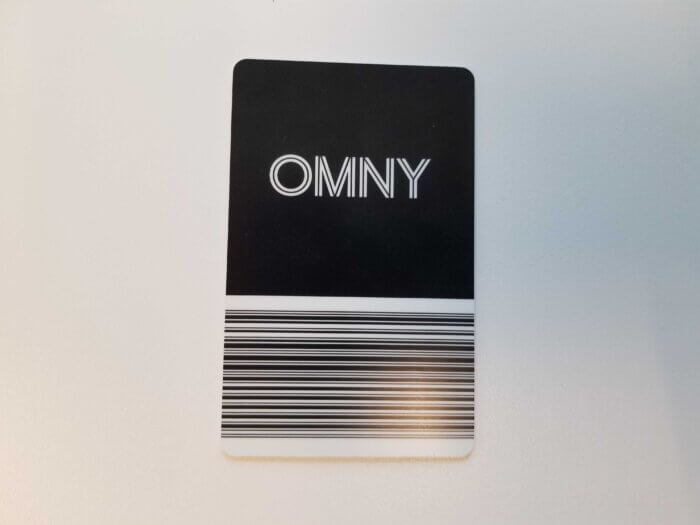
“We’re not setting a drop-dead date for pulling back on MetroCard,” said MTA Chair Janno Lieber at the Monday meeting. “We’re going to continue to work with every aspect of New York’s transit ridership to make sure it’s accepted, it becomes standard, and people get it, and they have full information. We’re not gonna pull the plug on MetroCard at any date that we’ve set at this time.”
OMNY will finally arrive on the JFK AirTrain in the third quarter of 2023 after the MTA at long last resolved “dicey issues” with the Port Authority that Torres-Springer described as “intergovernmental” in nature, quickly appending the statement to include “technology and software stuff” as well. That will finally end the requirement for subway riders transferring to the AirTrain to buy a MetroCard, with a $1 service fee, solely to pay the massive $8.25 fare to get on the airport people mover.
OMNY will come to the Roosevelt Island Tramway at the same time after similar disputes were resolved.
But there’s still plenty of work to do to finish the OMNY project, and the MetroCard will remain until everything is in working order. Torres-Springer said that work will be “substantially complet[ed]” by the end of 2025, over two years after the original July 2023 completion date. The cost of implementation has also ballooned by 20% above its original forecast, now projected to reach $772 million.
“It’s great that OMNY is available to so many riders and is being adopted, but I would say the completion of the project is at something of a crossroads,” said Torres-Springer. “The budget and schedule are uncertain as we move to fully transition to OMNY across the whole MTA portfolio.”
Some issues have arisen from the sheer length of planning for the transition. The MTA has been planning the transition to OMNY for over a decade, and since that time, methods for contactless payments have changed considerably. With digital wallets becoming the predominant method of paying for OMNY, the agency says somewhat ironically that the quick pace of technological progress is hampering OMNY’s rollout, as developers are constantly facing pressure to integrate newfangled functionality.
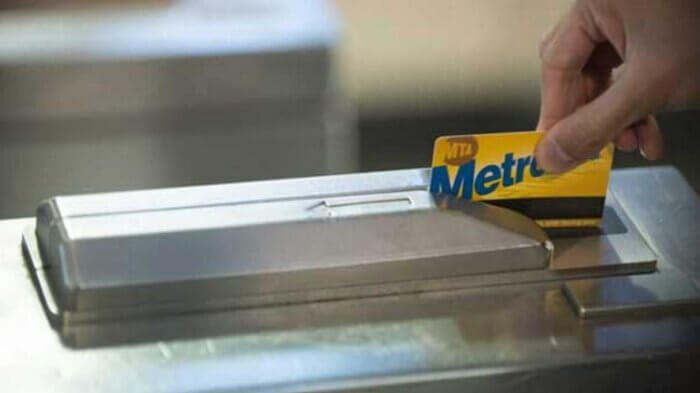
But an even bigger problem may be on the Long Island Rail Road and Metro-North, where integration of OMNY “has taken longer than anyone would have liked,” said Torres-Springer.
Lieber said that the issue on the two railroads is one of “scope.” In other words, the MTA is unsure just how much to integrate OMNY into its commuter railroads.
“What do we want this OMNY thing to do for the railroads, in an environment where we have a very successful ticketing application that the riders are using, and when we’re not using OMNY at this time for gating or anything like that in the railroad environment?” Lieber asked at the board meeting.
Unlike subways and buses, where riders pay with a swipe or tap, on the LIRR and Metro-North tickets are still collected and processed by humans, who traverse the length of trains punching holes in physical tickets and scanning digital ones bought on the TrainTime app. Those employees, who number multiple per train and have union representation, could potentially find their jobs made obsolete if tap-to-pay and fare gates were implemented at railroad stations.
The agency, for the first time, is undertaking a holistic review of ways OMNY could be integrated into the LIRR and Metro-North, with the hopes of “facilitating efficient fare collection,” said Torres-Springer. The review is intended to advance “the plan to ensure that OMNY is available as a way of paying for tickets, in TrainTime, at vending machines, at railroad stations, and on board.”
“And because of all the new features that are available, we’re also taking a step back and taking a look at what more than that can OMNY accomplish for the railroads,” said Torres-Springer.
Also of concern is that the main contractor on the project, Cubic — which also developed the MetroCard — “has not provided sufficient resources” to manage OMNY operations, and in tandem, the MTA has not adequately staffed the project, Torres-Springer said.
The result is that holders of Student MetroCards and Fair Fares benefits still cannot use OMNY, nor can those who use Access-a-Ride, though the agency has a tap-to-pay pilot on paratransit “teed up” for the summer.
Torres-Springer said the entire project is being brought under the fold of the MTA’s construction arm, which he leads, and that a fully retooled project schedule will be released in June.
For now, the MetroCard lives on.



